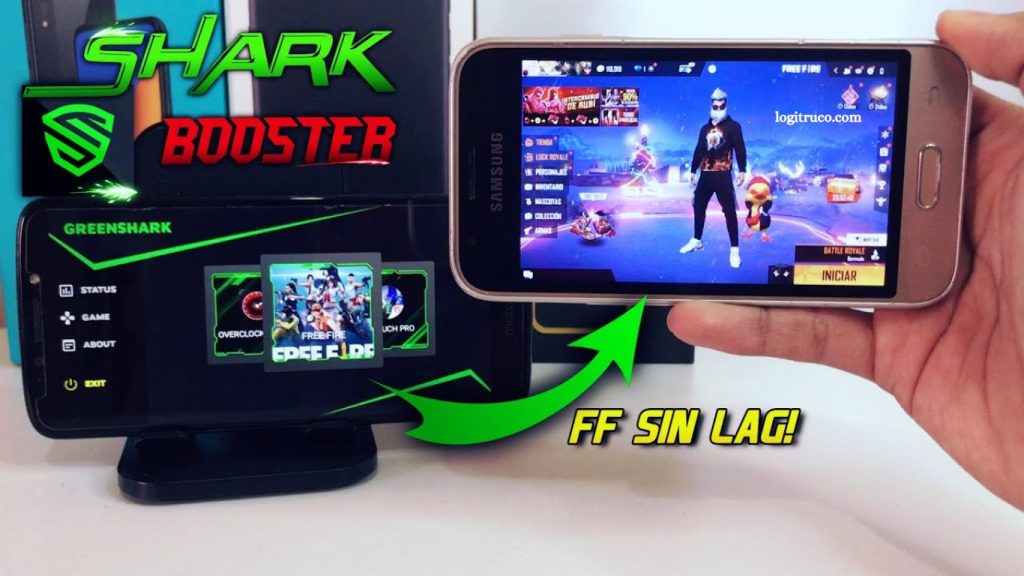Free Fire has emerged as one of the leading mobile battle royale games, attracting millions of players globally with its fast-paced action and competitive gameplay. Despite its popularity, many players encounter performance issues such as lag and delays, which can significantly disrupt gameplay and reduce overall enjoyment.
These performance problems often vary depending on the device, operating system, and network conditions, making smooth gameplay a challenge for some users. Understanding how to optimize your device and game settings can make a substantial difference in performance. In this article, we will explore practical strategies and expert tips to minimize lag, enhance responsiveness, and ensure a smoother, more enjoyable Free Fire experience across different devices.
Read More: Boost Your Aim: How to Improve Accuracy in Free Fire
Keep Your Device and App Updated
Ensure both your device and the Free Fire app are running the latest versions. Updates often include performance enhancements and bug fixes that can significantly reduce lag and improve overall gameplay.
Close Background Applications
Before launching Free Fire, close unnecessary background apps and processes. These consume system resources and can slow down your device, leading to lag. Use your device’s task manager or manually close apps to free up memory.
Optimize Graphics Settings
Adjust Free Fire’s graphics settings to match your device’s capabilities. Lowering graphics quality and disabling features such as shadows or special effects can improve performance and reduce lag.
Use a Stable Internet Connection
A reliable connection is crucial for smooth gameplay. Connect to a stable Wi-Fi network or dependable mobile data, and avoid bandwidth-heavy activities like downloads or streaming while playing.
Restart Your Device Regularly
Restarting your device helps clear temporary files and free system resources. Doing this before gaming sessions ensures optimal performance and reduces lag.
Free Up Storage Space
Low storage can slow down your device and cause lag in Free Fire. Remove unused apps, media files, or transfer data to external storage to maintain sufficient free space.
Prevent Device Overheating
Excessive heat can impact device performance and trigger lag. Avoid long gaming sessions in hot environments or direct sunlight, and consider using cooling accessories if needed.
Frequently Asked Questions
Why is Free Fire lagging on my device?
Lag can be caused by outdated apps or system software, insufficient storage, heavy background processes, poor graphics settings, unstable internet, or device overheating.
How can I reduce lag in Free Fire?
Keep your app and device updated, close unnecessary background apps, optimize graphics settings, ensure a stable internet connection, free up storage, and avoid overheating.
Does internet speed affect Free Fire performance?
Yes, unstable or slow internet can cause delays and rubberbanding. A strong Wi-Fi or reliable mobile data connection is essential for smooth gameplay.
Will lowering graphics settings improve performance?
Reducing graphics quality and turning off special effects can significantly improve performance, especially on older or low-spec devices.
How often should I restart my device for optimal performance?
Restart your device before gaming sessions or at least once a day to clear memory and free system resources.
Can overheating cause Free Fire to lag?
Yes, high temperatures can reduce device performance. Avoid long sessions in direct sunlight and consider cooling accessories if needed.
Conclusion
Reducing lag in Free Fire requires a combination of device optimization, game settings adjustments, and a stable internet connection. By keeping your app and device updated, managing background processes, optimizing graphics, freeing up storage, and preventing overheating, you can significantly improve gameplay performance. A smooth and responsive experience not only enhances enjoyment but also gives you a competitive edge in every match.

